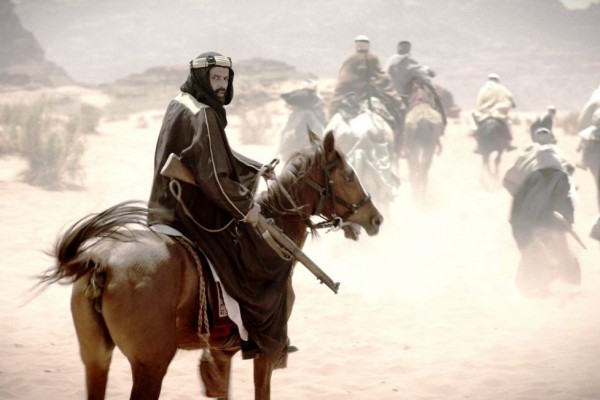
HOW DID THE TURKS LOSE THE ARAB LANDS?
Everything began with the Turkification and pressure policies of the Committee of Union and Progress (CUP, also known as the Young Turks) who took control of the government. One of the key figures in power, Cemal Pasha, became the Governor of Syria in May 1915 with extraordinary authority.
Shakib Arslan, an Arab nationalist who was also a member of the CUP, says, "By making the despotic Cemal Pasha a governor, the government hasruined him, the Arabs, and the Turks. Power turned his head. Flatterers inflated his arrogance. This blinded him. There were no limits to his oppression." (Sürgünde Üç Ölüm, Three Deaths in Exile)
Cemal Pasha wanted to intimidate the public by executing those he labeled as nationalists. In addition to the political and social pressure applied to the Arab people, the economic difficulties, famine, and hunger caused by the war made the people hate the Turks.
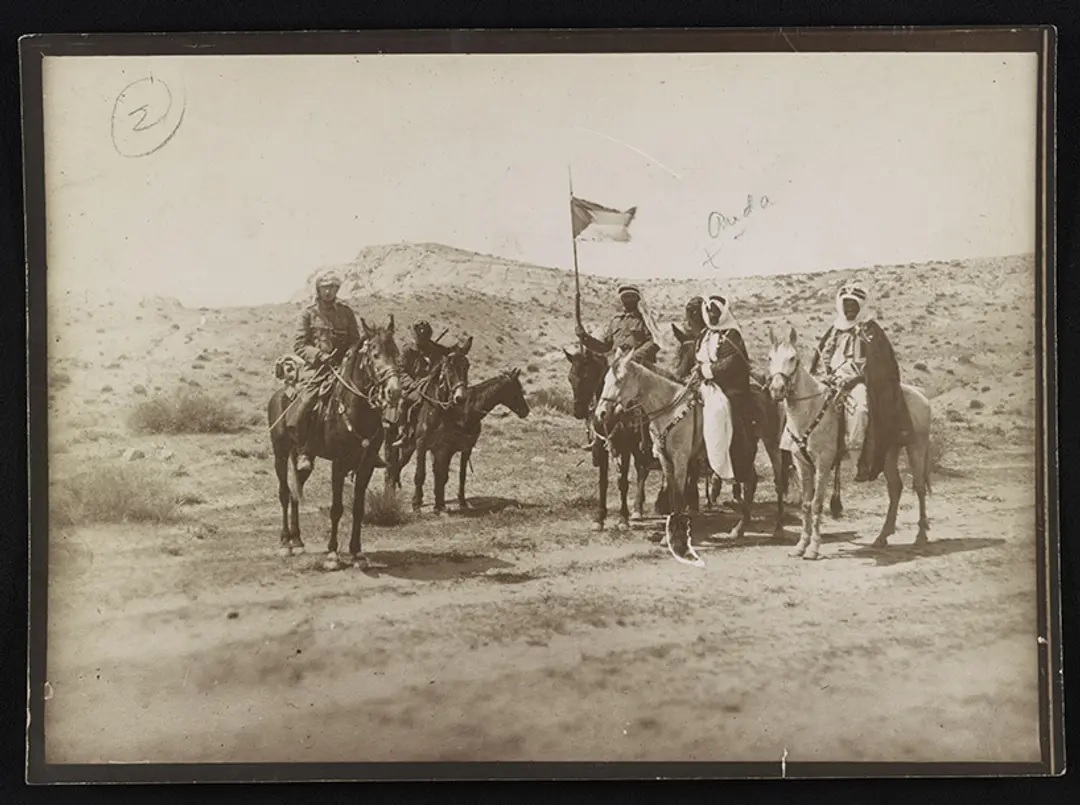
Arabs who were nationalists and Modernist Islamists were already cold towards the Ottoman caliphate. However, their numbers were few. The actions of the Young Turks pushed many Arabs towards this sentiment. Ordinary people cannot distinguish between countries and peoples and the ambitious dictators leading them.
Some of the public and societies advocating for autonomy or independence, who were the spokespersons for their feelings, lost hope in the Turks and began seeking ways to fend for themselves. Some of the people found it appropriate to stay out of these matters and wait. Christians, on the other hand, began praying for the Allies to win the war and save them from Young Turk oppression.
At this time, the Arab lands in Africa, which had almost become independent for a long time, had already fallen into the hands of colonizers. Algeria, Tunisia, and Egypt were under colonial rule. The government was resisting Shia rebellions in Yemen, supported by the British who had settled in Aden on the route to India. Libya, which Sultan Abdulhamid II had tightly connected to the center to prevent it from being like the others, was lost due to the negligence of the Young Turks. Yet, Arabia, Iraq, Syria, Lebanon, and Palestine remained in the hands of the Turks.
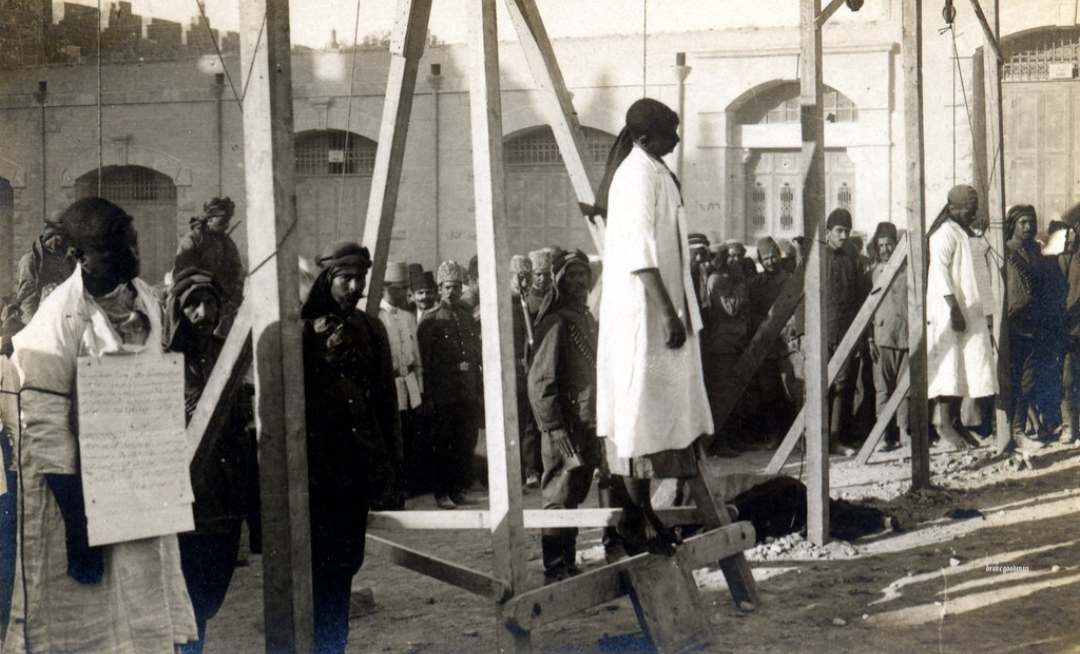
Ears to Listen
The last Sharif of Mecca, Hussein and his sons, were high-ranking Ottoman bureaucrats. They especially warned the government about the arbitrary actions of Cemal Pasha, the Governor of Damascus, which were against the law, religion, and human rights. When no one listened, he made the situation known to the world with two declarations. Instead of heeding this, the Young Turk government declared the Sharif a rebel and sent troops against him. While participating in the Canal operation and sending troops, he was positioned as a rebel.
The Sharif, the only person among the Arabs with the charisma to lead a struggle for independence, realized that he had no choice but to attempt to establish a Hashemite Islamic Empire on Arab lands. On June 10, 1916, he raised the flag of independence with his three sons.
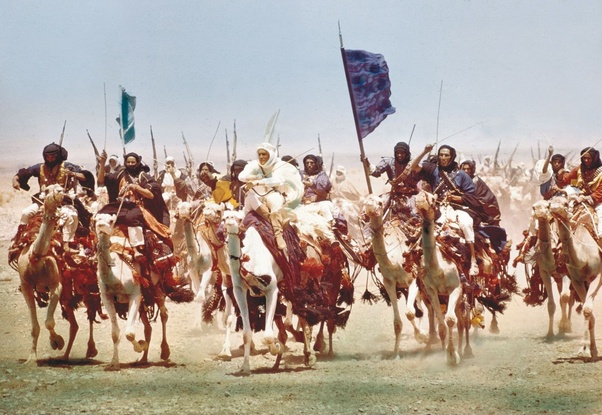
Thus, he would save the people from the oppression of the CUP and other calamities if the war was lost. However, not all Arabs responded positively or could respond positively to his call. 30% of the Turkish army's strength in the World War was Arab.
Although Abbas Hilmi Pasha, the Khedive of Egypt, was a CUP sympathizer, he said the revolution occurred not because of the British but because of the Turks' rude behavior towards the Arabs. The Arabs did not stab the Turks in the back. No one can stab anyone in the back. If they did, the fault lies with the one who was stabbed: 1- For their negligence, 2- For bringing the stabber to that state.
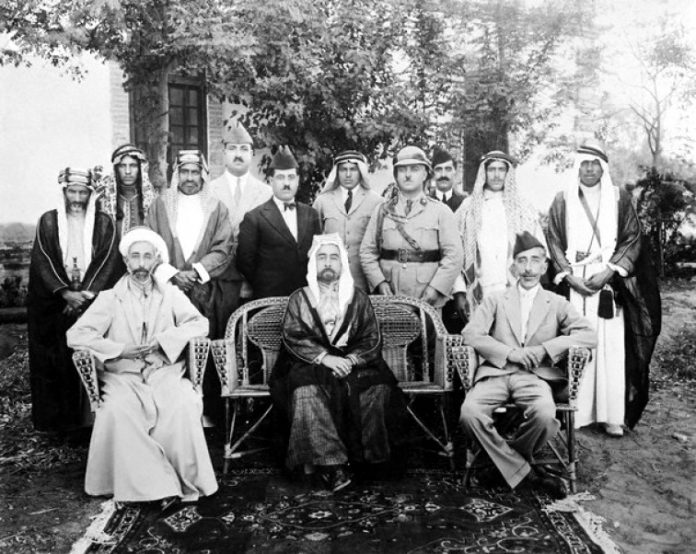
Clutching at Straws
It was necessary not to clash with the British for any kind of political activity. They did not miss this unique opportunity. Through their representative in Egypt, McMahon, they said they were sympathetic to the Sharif's project and even helped a little at first.
Arabs were clutching at straws. But England had also promised these lands to others. Palestine was promised to the Zionists in return for the acetone needed for explosive materials and loans. Syria was pledged to the allied French, and Arabia was handed over to Ibn Saud. This hypocrisy of London disgusted even the famous art historian/ intelligence officer Lawrence, who managed the relations between the British and the Bedouins.
The Sharif succeeded. States named Hejaz, Iraq, and Jordan were established. His three sons took the lead. A British mandate regime was established in Palestine, and a French one in Syria. The British did not fully withdraw from Jordan and Iraq. Today's Jordanian dynasty descends from the Sharif.
Those who allied with the Germans for nothing (or for much[!]) and called it the "great jihad" accuse the Sharif of allying with the British. They see the struggle for freedom and independence as an honorable right for themselves, but they deny it to others and even accuse them of treason. Treason is a label that gains meaning depending on one's perspective.
It is tragically comical to call the Sharif a traitor for rising up for what he saw as a legitimate cause, while many Young Turks, who rebelled against the legitimate sultan/caliph, dethroned him, threw his family into the streets, seized their property, and thus stabbed the Turks in the back, were considered heroes in the new era.
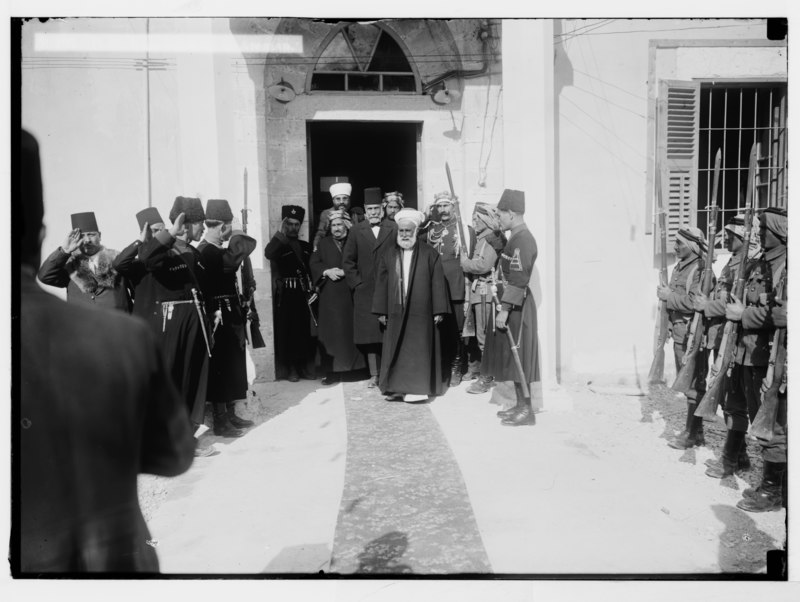
Who Made the Sharif of Mecca?
Sultan Abdulhamid II appointed Sharif Hussein, a member of the Council of State who had been living in Istanbul for 16 years, as the Sharif of Mecca. Some writers with a CUP mentality try to discredit him by claiming that the Sultan did not trust the Sharif and kept him in Istanbul for this reason, but this is not true. This rumor was started by Sharif Ali Haydar, a rival of Sharif Hussein and a member of the CUP. In reality, Sharif Hussein was appointed to this position to which he was entitled as the eldest of the family. The claim that Sharif repented of what he supposedly did to Raif Denktaş while in exile in Cyprus is also untrue.
If Sharif were an agent of the British, they would not have exiled him. Sultan Mehmed VI and Sharif Hussein shared a similar fate; they were eliminated because they posed an obstacle to British policy in the Middle East.
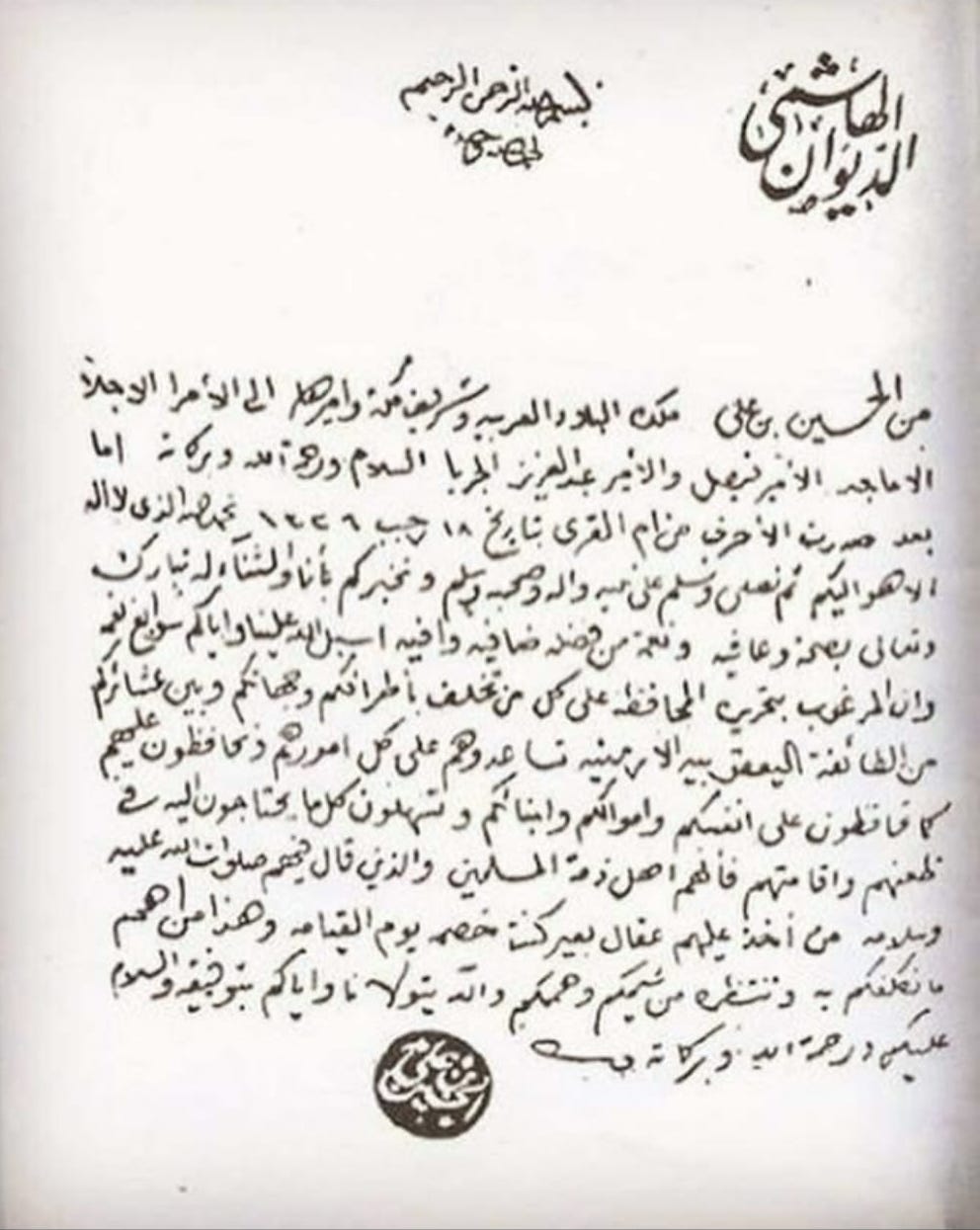
Distortion for Fame
In both Sharif Hussein's declarations and the memoirs of his son Abdullah, who was a deputy of Mecca in the 1908 Ottoman parliament and later became the King of Jordan, translated into Turkish, one can understand the sincere loyalty of the Sharif and his family to Sultan Abdulhamid II and the Ottoman dynasty.
While the book's title was "Muzakkirati," meaning "My Memoirs," the publisher's betrayal of trust by publishing it as "Why We Rebelled Against the Ottomans" to make a sensation misleads everyone.
Besides "Muzakkirati," one should read Ali Allawi's book on King Faisal I of Iraq. Furthermore, those who read the two Turkish books "Medine Müdafaası" by Naci Kıcıman and Feridun Kantemir with fairness will understand Sharif's intentions and the events very well.
The memoirs of Lawrence, published in 1926 under the title "Seven Pillars of Wisdom," are enlightening. However, Willy Bourgeois, in his book on Lawrence, translated into Turkish and published in 1967, describes him as a charlatan who exaggerated his role in these events.
Documents on the Arab revolt have been published by Mahmoud Yunus al-Abbadi in 2020 in Amman under the title " Awraq al Maghfour leh al Sharif al Hussein bin Ali." Almost all books written on this subject in Türkiye—except for a few like Hasan Kayalı's "Arabs and Young Turks"—are written in line with official ideology, biased, and distorted.
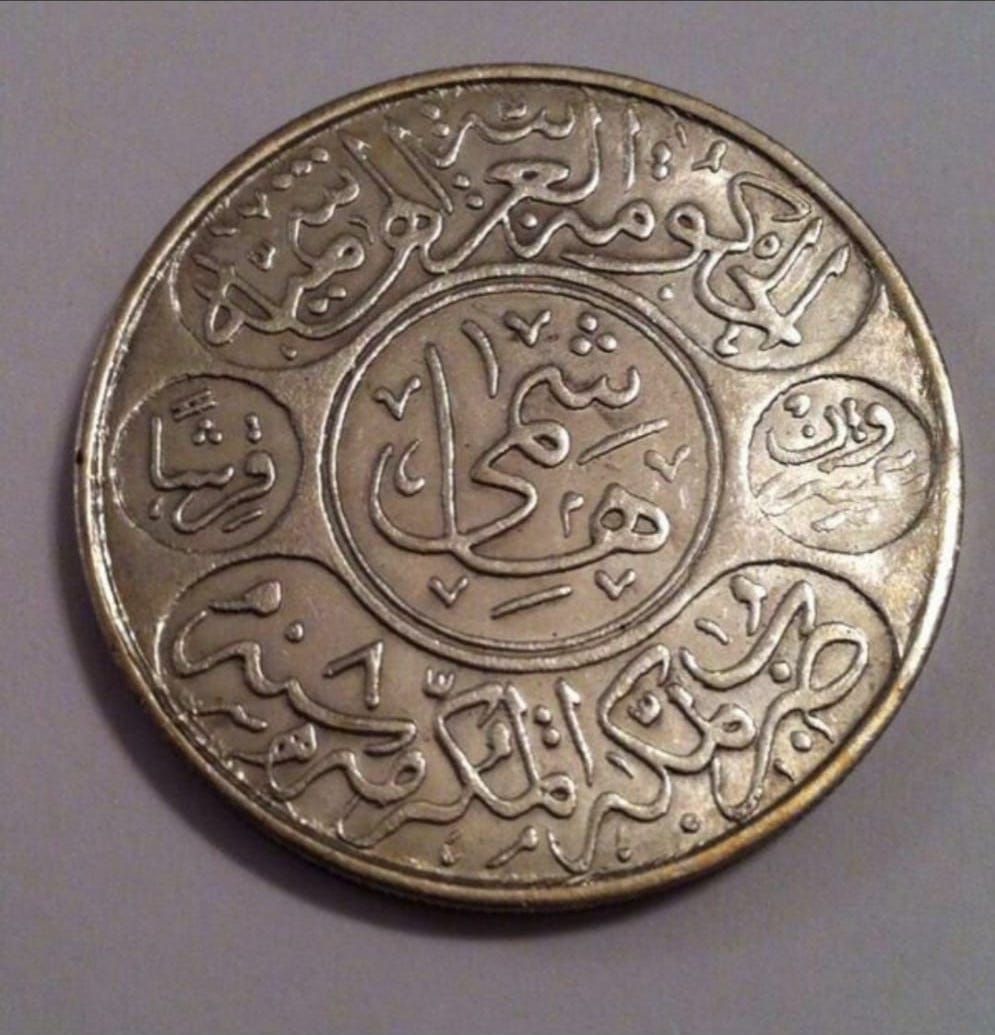
The Final Act
By 1917, the Turks only held Syria, Lebanon, Palestine, and Iraq. After the Gallipoli campaign, the British left the Turks alone for a while, but in this year they launched a fierce attack from the east and west. The Iraq and Syria fronts collapsed quickly. The Young Turks now considered Baku more important than Baghdad and had long since given up on the Arab lands.
Baghdad and Mosul on one side, Gaza, Jerusalem, and Damascus on the other, fell. On the Syrian front, commanded by Mustafa Kemal Pasha, tens of thousands of soldiers were captured by the British without firing a shot. All Arab lands were occupied by the enemy. Without Sharif Hussein, their situation would have been worse than that of Anatolia.
After the defeat, when the CUP fell from power, the Ottoman government proposed granting broad autonomy to the occupied Arab lands under the caliph/sultan's rule, similar to the status of Hungary in the former Austro-Hungarian Empire; and independence for Hejaz and Yemen tied to the caliphate. A limited number of garrison troops would be stationed in these areas. The Ottoman flag would fly, justice would be administered in the sultan's name, the sultan's name would appear on the currency, and the waqfs would continue as before.
In this way, it might have been possible to save the occupied lands and reorganize the empire. The Ottoman government wanted to maintain the unity of the Islamic world through the caliphate. Sultan Mehmed VI gave instructions in this direction to the delegation going to Moudros. Damat Ferid Pasha reiterated this proposal at the Paris peace conference.
This project did not please the Allied governments, especially England. The Allies had changed their plans for the future of the Ottoman Empire. Mustafa Kemal Pasha, having understood this from his meetings with British representatives during the war, never considered retaining the Arab provinces, even though many Turks lived there.
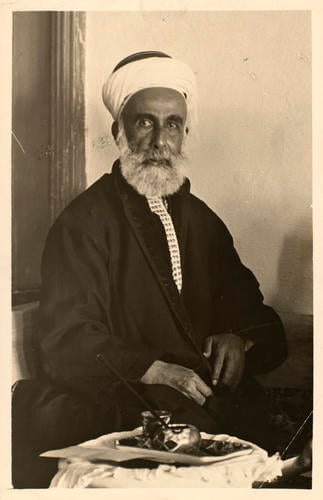
Red-Black-Green-White
The flags of the Arab states established in the former Ottoman territories after 1918 feature the colors black, red, white, and green, symbolizing the 1916 Arab independence struggle. Black represents the Abbasids, red symbolizes Arab identity, green stands for Islam, and white represents independence. Apart from this, each country differentiates its flag with small symbols. For example, the star on the Jordanian flag symbolizes the seven hills of Amman.
This flag was first used in 1916 during the revolt by Sharif Hussein, Emir of Hejaz, and later served as a model for others. It is said to have been designed by British diplomat Mark Sykes.
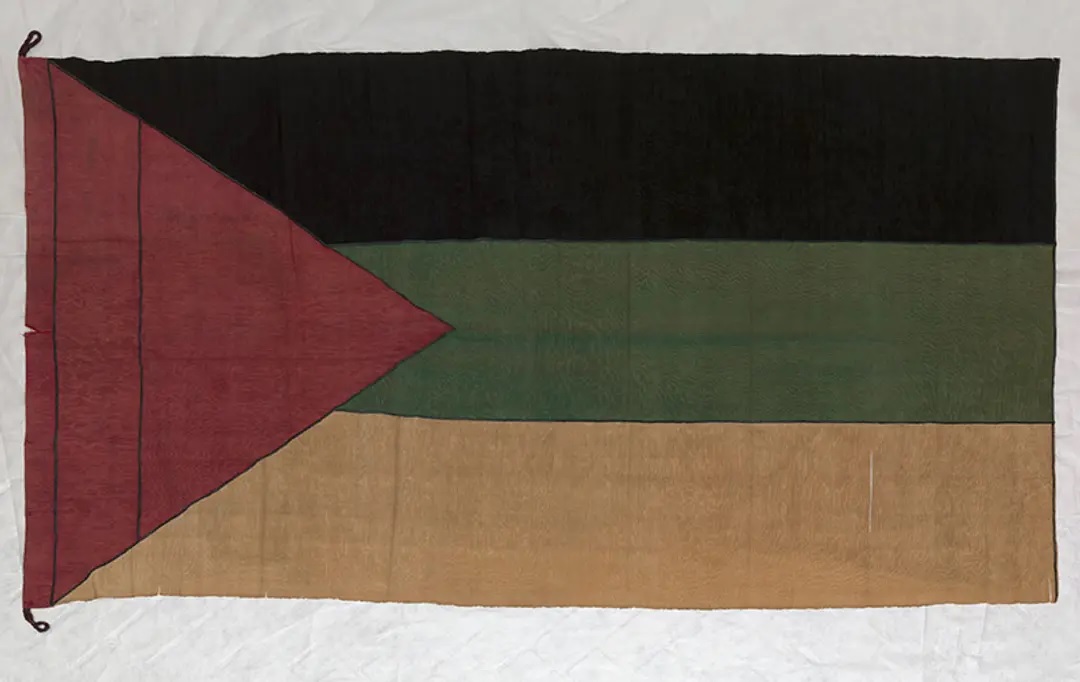
Önceki Yazılar
-
VIENNA NEVER FORGOT THE TURKS10.12.2025
-
THE FIRST UNIVERSITY IN THE WORLD WAS FOUNDED BY MUSLIMS3.12.2025
-
WHO BETRAYED PROPHET ISA (JESUS)?26.11.2025
-
IT HAS BEEN MORE THAN 100 YEARS SINCE ITS ABOLITION, BUT... IS THE CALIPHATE BEING REESTABLISHED?19.11.2025
-
GREETINGS TO YOU, O OTTOMAN SANJAK!…12.11.2025
-
ROTHSCHILDS BROUGHT THE END OF THE OTTOMAN EMPIRE!5.11.2025
-
SHEIKH BEDREDDIN, SON OF THE QADI OF SIMAVNA29.10.2025
-
THE ROOTS OF THE ENGLISH POLITICIAN IN TURKEY – THE TRAGIC END OF ALI KEMAL BEY22.10.2025
-
WHERE IS THE RED APPLE?15.10.2025
-
THE ABBASIDS IN ANATOLIA1.10.2025